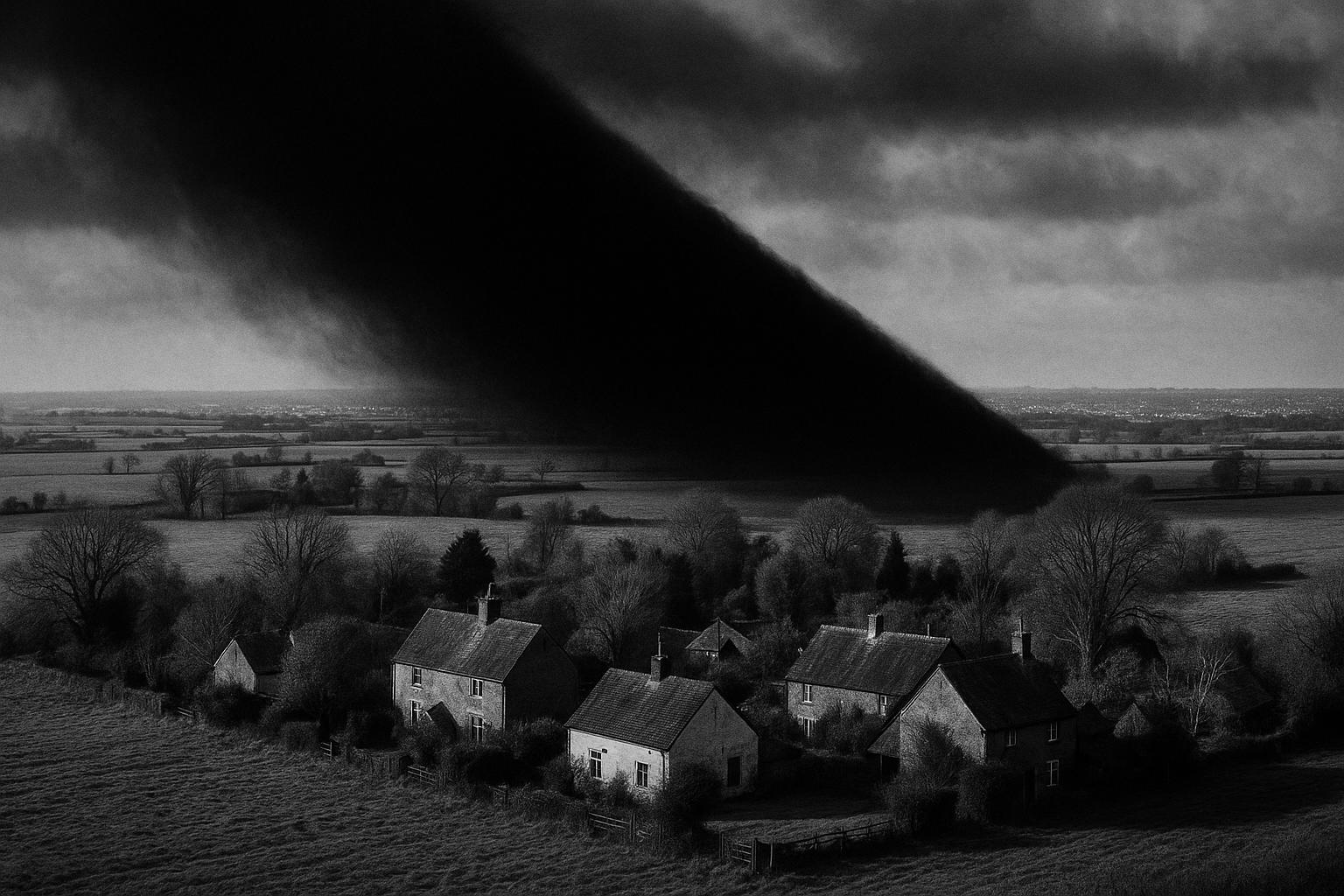The residents of Tempsford, a small countryside village in Bedfordshire, have expressed strong frustration over their lack of communication and information from the government regarding plans that could see their village transformed into a large new town. David Sutton, chair of the parish council and landlord of the village pub, told the PA news agency that despite the announcement of the village as one of the most promising sites for a new town, nobody from the government has engaged with locals or disclosed the scale of development expected. Villagers remain uncertain whether the plan involves the previously rumoured figures ranging from 10,000 to 125,000 new houses, causing concerns about how such large-scale change would affect the community.
Tempsford, currently home to just 600 residents and 300 houses, faces annual flooding issues, and residents highlighted the lack of basic infrastructure such as phone signals, gas supply, schools, shops, and healthcare. Sutton acknowledged the potential benefits of sustainable development but warned that the government has yet to demonstrate awareness of the village’s needs or offer support for its existing challenges before asking it to accommodate a sizeable new population.
The historical significance of Tempsford also adds to local anxiety. The village’s historic airfield, RAF Tempsford, played a pivotal role in World War II by facilitating secret missions for British spies under the cover of a working farm. Adam Hart, a historian and author with family connections to the airfield, lamented the potential loss of this unique heritage site if it were to be built over. He warned that demolishing what remains would erase a vital educational and cultural resource for future generations, which is especially poignant given current conflicts in Europe.
The government's broader initiative to address England’s housing shortage includes plans to build at least 1.5 million new homes during the next Parliament, with a significant contribution from big new town developments. Housing Secretary Steve Reed announced that 12 new towns would be constructed before the next general election, with each site expected to host at least 10,000 homes and collectively potentially adding 300,000 houses. Alongside construction, the government proposes investing in transport, healthcare, schools, and green spaces through a dedicated “new towns unit” to ensure these new developments are sustainable and well-serviced.
Tempsford’s selection stems from its strategic location, intersected by the East Coast Main Line and the planned East-West Rail line between Oxford and Cambridge, which adds to its appeal for large-scale development. A report by the UK DayOne think tank has suggested transforming Tempsford into a town for 350,000 people, which would exceed the populations of established towns like Northampton and Milton Keynes and dwarf Cambridge in size.
However, campaigners advocate that new towns be designed to prioritise walkability, green spaces, and environmental sustainability to avoid further urban sprawl and create thriving, connected communities. Think tanks such as Britain Remade and Create Streets have called for high-quality design standards in new settlements, highlighting that this approach can provide the necessary homes while respecting local environments and historical contexts.
The government’s New Towns Taskforce, led by Sir Michael Lyons and supported by Dame Kate Barker, is tasked with identifying the best locations and crafting plans to realise these developments sustainably. An interim report has been published with a final shortlist of sites and detailed recommendations expected soon, reinforcing the long-term vision for housing growth combined with essential infrastructure.
Local voices in Tempsford underscore a broader tension seen in many parts of England where significant housing projects must balance the urgent need for homes with protecting community identity, heritage, and environmental conditions. As the government moves forward with its ambitious new towns programme, the challenge remains to truly engage and respond to the needs of current residents — before construction begins.
📌 Reference Map:
- Paragraph 1 – [1], [6]
- Paragraph 2 – [1]
- Paragraph 3 – [1]
- Paragraph 4 – [1], [7], [3]
- Paragraph 5 – [1], [6], [2], [4]
- Paragraph 6 – [5]
- Paragraph 7 – [2], [4]
- Paragraph 8 – [1], [6]
Source: Noah Wire Services
